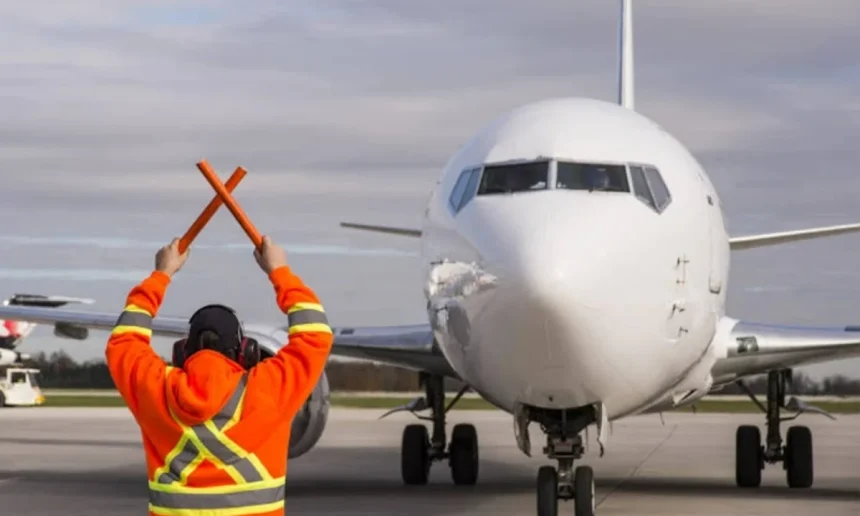I also told Aaron and O’seun to make another very important inquiry from the witnesses who were still alive.
I gave them names. I told them that I was part of The Guardian delegation that went to Aso Villa to meet with Gen. Sani Abacha, almost one year to the date of the closure and proscription of The Guardian.
I asked them to find out whether Gen. Abacha, or anyone else at that meeting, ever mentioned the story which I authored as the reason, or one of the reasons, for the closure and proscription of The Guardian. I gave them additional context to explore: why, for instance, after The Guardian was reopened and resumed publication, there was an arson attack on the premises in December 1995, and in February 1996, there was an assassination attempt on Alex Ibru during which he lost his left eye and two fingers on his left hand.
Alex Ibru was shot on Falomo Bridge, as he headed to his Ikoyi residence from Victoria Island, in the evening of Friday, February 2, 1996. Andy Akporugo, GG Darah, Izeze, and I passed the night at the corridor of the ward where Ibru was admitted at St. Nicholas Hospital, Lagos Island.
On Saturday, as we prepared the Sunday paper, which had now become a single edition after the deproscription, Kusa sauntered into the newsroom in the evening and began suggesting that I downplay the assassination attempt, by tucking the story inside the paper.
I ignored him pointedly, and blasted the story as lead on the front page. If I had hearkened to Kusa, it was not inconceivable that he would turn around later to denigrate the editorial decision in respect of such a big story involving the Publisher, former Minister, and just months after Chief Alfred Rewane was assassinated in Lagos. A short while later, I wrote an opinion piece, “Season of The Assassin,” and Kusa was shaking like a leaf.
I was at the meeting at the Presidential Villa, where we met with Gen. Sani Abacha, at his invitation, in July 1995. A number of other persons were at the meeting. Unfortunately, some of them have passed on.
The deceased include Sani Abacha, Alex Ibru, Oba Festus Adesanoye (Osemawe of Ondo), Andy Akporugo, and David Attah, who was Abacha’s Chief Press Secretary. But other witnesses and participants are alive. They include my humble self, Lade Bonuola, Femi Kusa, Emeka Izeze, Uncle Sam Amuka, Ray Ekpu, and Prof. Auwalu Yadudu.
I wrote the story, “Inside Aso Rock”. It was not disputed on grounds of factual misrepresentation. I was never declared wanted because of the story, nor were there spooks on my trail. The story was, in many ways, helpful. Indeed, in May 2017, that is, 23 years later, Chief Bode George was a guest on NTA’s Good Morning Nigeria, which I co-anchored. After the programme, I quietly reintroduced myself to Bode George and whispered to him the Inside Aso Rock story. “Oh, my!” he exclaimed and hugged me. “Where have you been all these years?” He was profusely thankful for what Inside Aso Rock did. He was a senior naval personnel and Principal Staff Officer in the Villa when the story was published. Bode George is alive, let Femi Kusa go and verify what I have just stated.
I was not scared to go with the team to Aso Rock, to meet with Abacha, 11 months after he closed down The Guardian. When we landed in Abuja, we lodged at Sheraton Hotel (now Abuja Continental). At the front desk, a petrified Femi Kusa was casting furtive glances around.
We were handed the guest information form. Trying to be clever by half, Kusa entered his lesser-known first name “John”. I signalled to Emeka Izeze to see the game Kusa was trying to play with himself. We couldn’t laugh at that time; it was later when we met in his room that Izeze and I burst into laughter. At no time during the meeting with Abacha did he refer to Inside Aso Rock. My faculties are intact, and I recollect what he said. Not a mention of Inside Aso Rock. Confirm from others whose names I have mentioned.
Instead, Abacha recounted the circumstances under which he took over in November 1993, and how he had tried to stabilise the polity with real threats of dismemberment over the June 12 crisis, and that, over the period, The Guardian had been unhelpful.
Indeed, some editorialists and writers for The Guardian had adopted a doctrinaire position of opposing the Abacha regime because Alex Ibru, the Publisher, had agreed to serve on the Provisional Ruling Council and as Minister of Internal Affairs. I will for now skip details of the activities of some of the antagonists, as Alex Ibru related them to me. At the meeting with Abacha, he signed off by directing the deproscription of The Guardian titles and the reopening of Rutam House.
Since Femi Kusa has opted to make a meal of the design of the front page of The Guardian on Sunday on August 14, 1994, I will share below a screenshot of the page in question, so the world can see his wild imagination of two cockerels “beak to beak” squaring up for a fight. According to Kusa, “The major headline was…Inside Aso Rock. There was a photograph beside it which was illustrating another story and should, therefore, have been cordoned off with an Agate Line rule.
“The Editor was probably inexperienced about management of such a delegate (sic) presentation, if he was not deliberate in leaving the flanks open. Even if he was professional, would Abacha not have read his intent upside down? However, the photograph was left unprofessionally to illustrate a dangerous lead story. The photograph showed two cockerels squared up beak to beak, their combs standing on end, suggesting readiness for a dastardly fight of their lives. Was this what was going on Inside Aso Rock between the Yoruba moderates and Abacha?”
Please, I invite you to take a look at the photograph and the lead story about which Kusa is writing. Are the two cockerels squaring up for a fight? Certainly not. The cockerels are facing the same direction, which means it is not a combat pose. The caption for the photo says, “A roosting place”. What is the meaning of “roosting”? Kusa says the photo wasn’t boxed; but look closely and see the borderline around the photo.
The Guardian on Sunday had a tradition of using feature photos on its front page. I continued with that tradition, when I became Editor in 1992. Sunmi Smart-Cole’s photos were always a delight on Sundays, and some other photographers, including the late Paul Oloko, were greatly influenced by Sunmi. Femi Kusa states that the photo should have been “boxed up” to show it is unrelated to the lead story.
The box he is referring to is technically called a side-bar. It is used within a main and related story, usually for amplification/emphasis, to break monotony of type, to visually simplify technical data or copy, and it is now more known as info-graphics. Cover stories in magazines often use side-bars. Femi Kusa has his well-worn self-glorification and disparagement of others.
Concluded.
Osadolor, a Lawyer, is former Editor of The Guardian on Sunday, and former Deputy Managing Director of the newspaper.






